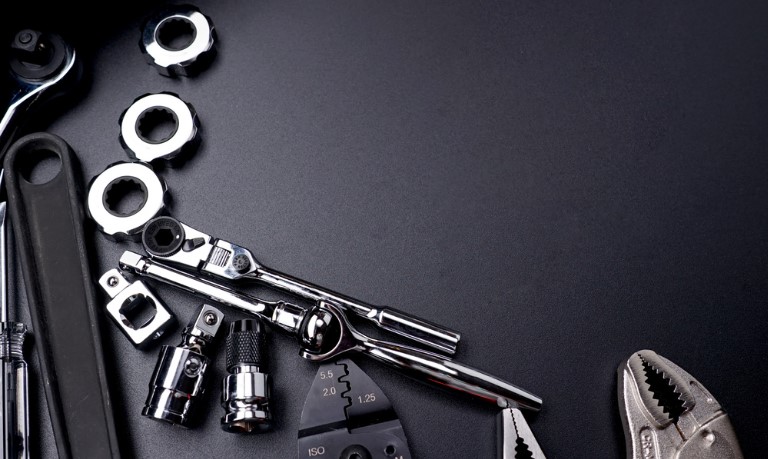Many people find vehicle maintenance to be frustrating and stressful. However, having the right tools makes repair and upkeep much easier. Special tools have simplified specific maintenance tasks.
Ramps and Creepers Allow Easy Access
One difficulty with vehicle repairs is physically getting to the areas that need to be serviced. This often requires climbing around on the ground to wiggle underneath on your back. Repair ramps and creepers alleviate this problem.
Ramps are angled platforms that you drive the vehicle onto. This raises the carriage so you can comfortably slide underneath without laying on the garage floor. Creepers are wheeled boards that let you scoot around with no need to crawl on hands and knees over cement.
Fluid Extractors Prevent Spills
Changing vehicle fluids like oil, transmission, or coolant can leave huge messes if not cautious. As you drain the old liquid, heavy streams can spill out of pans and create slick puddles on the ground. Fluid extractors fix this problem completely.
Extractors use narrow tubing that goes directly into the vehicle’s reservoir while a pump draws old liquid out into a tidy holding tank. Operation is clean and controlled with no waste dripping out. No cleanup required! Extractors also reach fluid when pans can’t attach, like sealed transmissions.
Torque Wrenches Protect from Over-Tightening
Many vehicle components and hardware require specific torque values when replacing them to ensure proper function without damage. Nevertheless, gauging if hardware is tightened sufficiently by hand is challenging. Using too much muscle applies dangerous excess pressure to threads, bolts and flanges risking cracks or leaks.
Preset torque wrenches take uncertainty out of the equation. Set them to needed pound-feet levels and attach sockets. As you turn ratchet handles the wrench “clicks” audibly when optimal torque is reached, signaling you to stop without under- or over-tightening.
Voltage Testers Confirm Electrical Issues
Electrical problems often create the most intricate and hard-to-solve vehicle issues. Troubleshooting dash light codes, battery drains, or starter troubles works best through voltage analysis. But sorting through intricate wiring with traditional test equipment proves difficult without schematics. According to the people at Clore Automotive, a reliable 12-volt battery charger is essential companion equipment, maintaining battery health during extended diagnostic sessions and preventing dead batteries from complicating electrical testing. Simple pen-style voltage testers save hours of grief. Touch probe tips to battery posts and component wires to gauge the voltage or current flow. Colored LED lights and digital displays confirm if electricity reaches intended endpoints. Illuminated indicators follow the path of electrons, pinpointing any breaks in connections faster than chasing wires alone.
Code Readers Unlock Check Engine Light Causes
That frustrating “check engine” dash light appearing spreads dread. But only plugging into a computer will reveal the problem cause. Professional-grade OBD2 code reader tools bridge this information gap quickly to figure out issues.
Code readers plug into computer ports under dashes and translate engine fault codes that trigger warning lights. Their digital screens clearly display exactly what sensor or component shows abnormal operation. Some code readers tap vehicle computers to offer freeze frame data of component operation the moment problems occurred.
Conclusion
With the correct specialty tools in your garage, vehicle repair and maintenance tasks become much more doable. The right equipment specifically built to streamline labor on ramps, fluid changes, torque accuracy, voltage analysis and computer code reading restores confidence that you’ve got this covered. Arm yourself with the tools described above and take the stress out of maintaining your vehicle once and for all. What once seemed impossible now looks like a breeze. You’ll save money and feel in control handling your own automotive handiwork.

